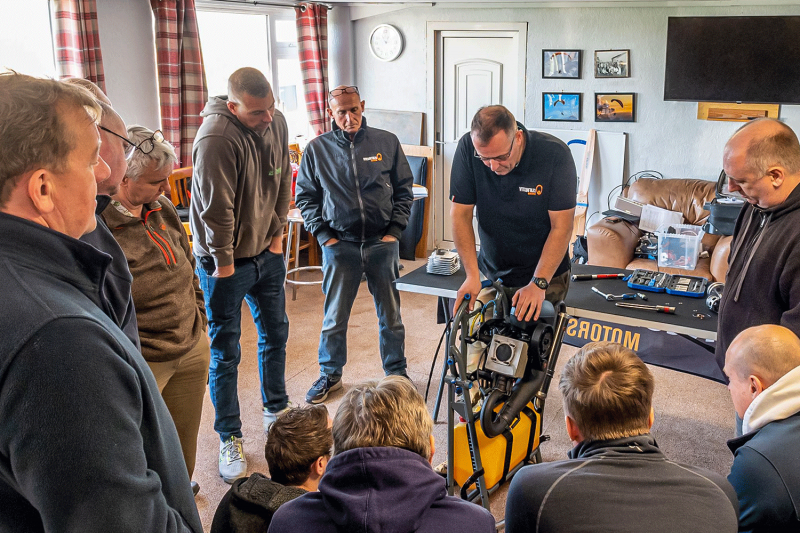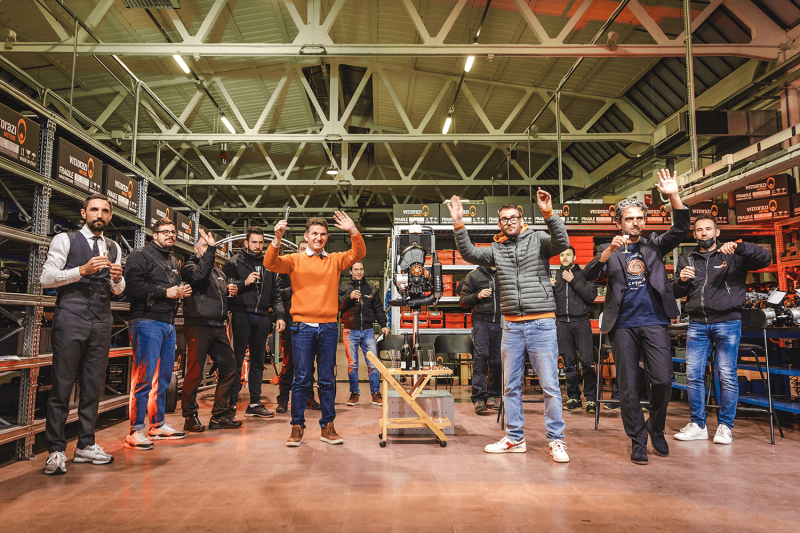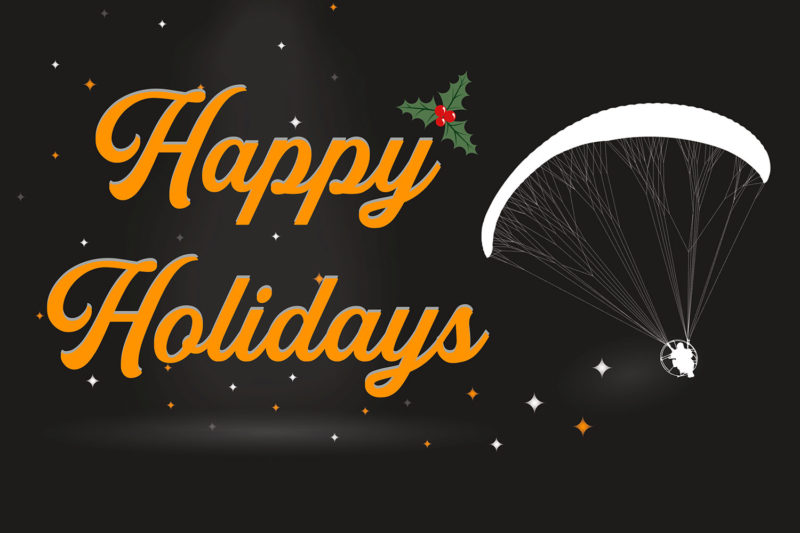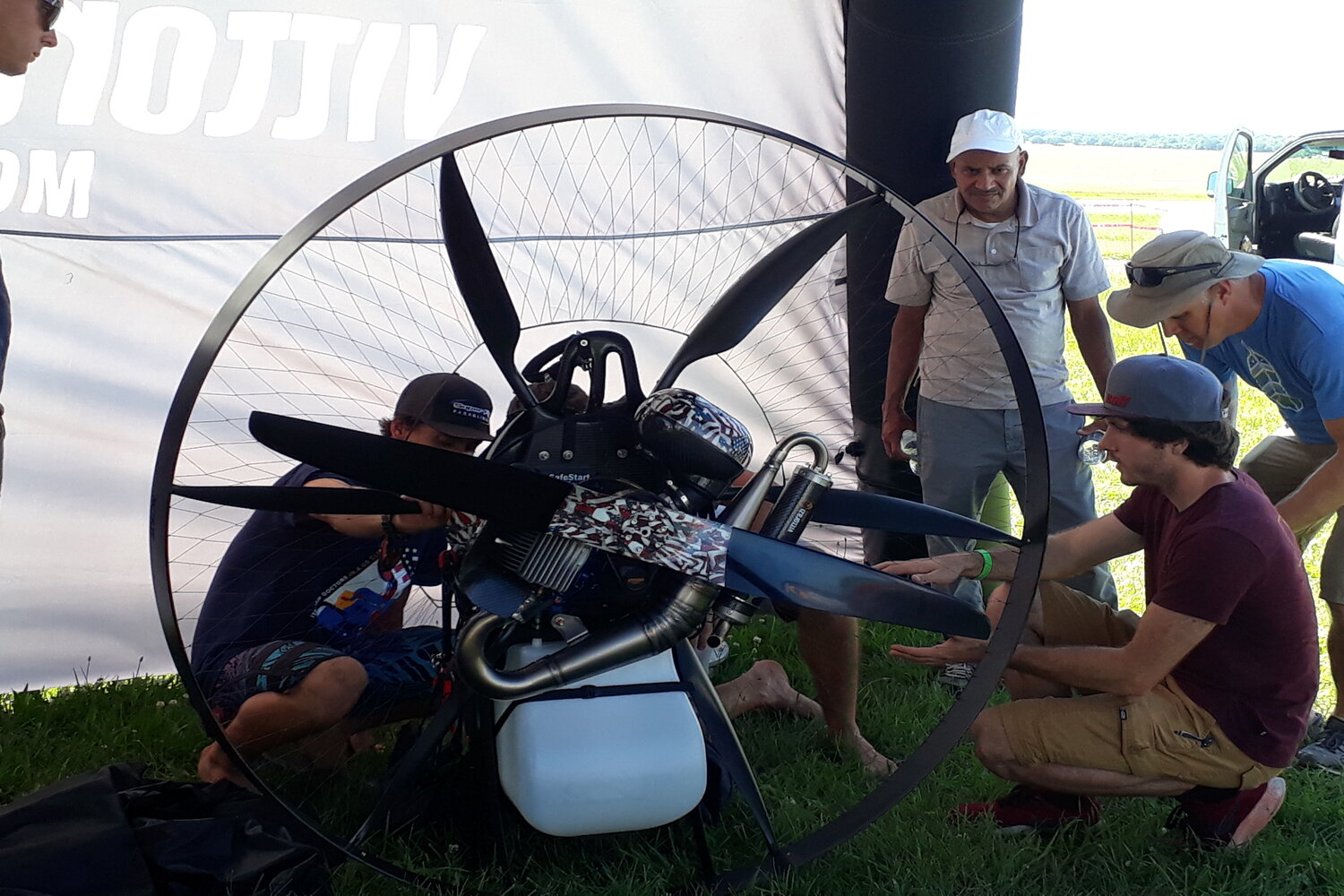
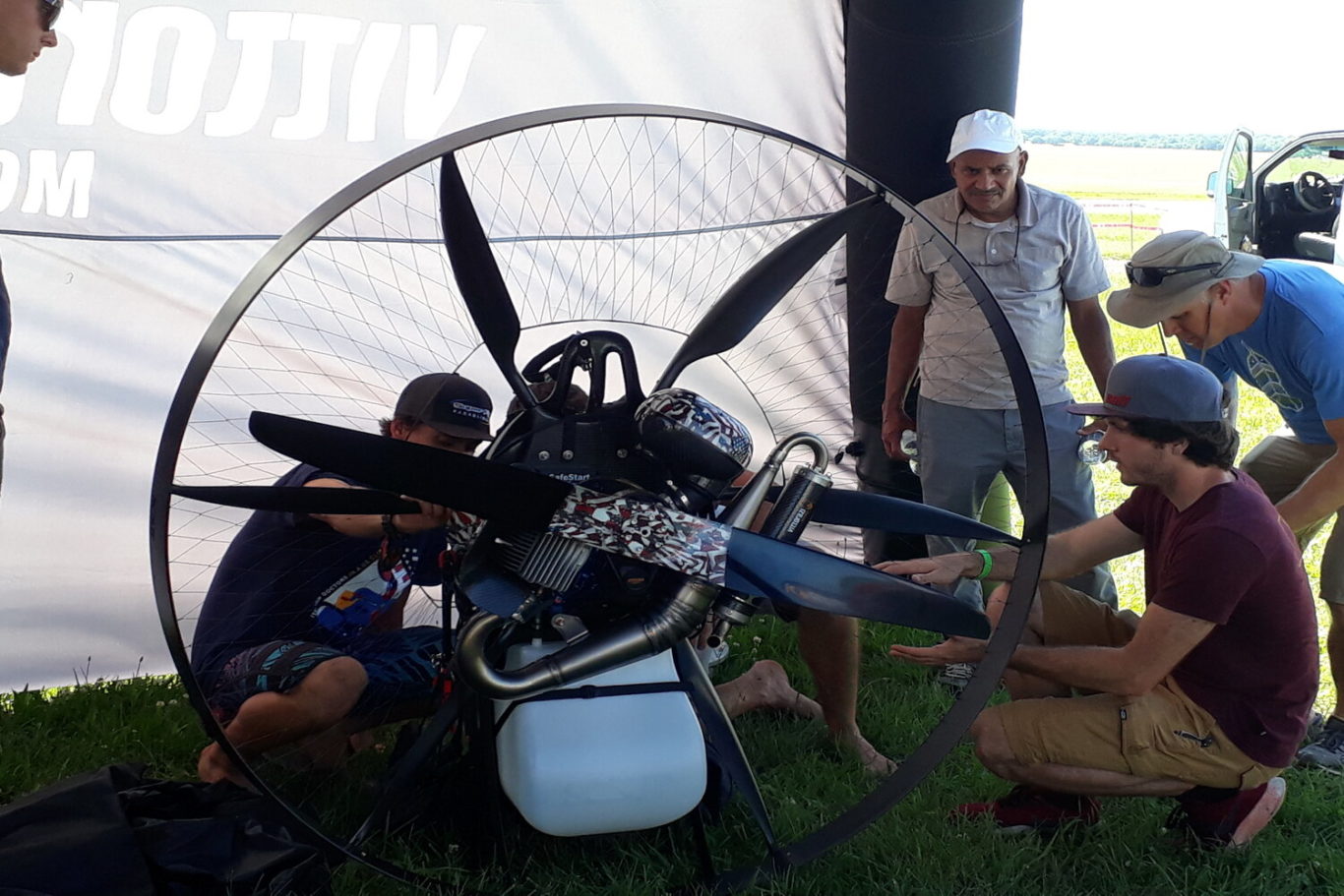
15/07/2018
GOTT TUCKER: ‘FLYING WAS MY DESTINY’
Mr. Gott, how many hours of flying do you clock in a year, more or less?
Last year I recorded about 115 hours flight time. This year, I’m going to try to increase that number!
-In addition to competitions, do you also take part in meetings and events, as well as flight demonstrations?
Yes. I belong to a team, and we do both training and flight demonstrations during airshows. There’s six of us, and we do all the training work. It’s great to interact with the public. We show what a paramotor is to all those people in the United States who haven’t seen one before.
-What is the biggest event you took part in, the one in which the highest number of people watched you?
That was the first airshow I took part in, and this year will be my third. It is the Oshkosh fair, and it’s the biggest event in the world I took part in.
-It’s certainly exciting to fly with a public of thousands of people watching you!
Yes, nerves are tense, but it’s a positive tension. And then when you take off and are airborne, and everything’s working, it becomes a lot of fun. When you go to land, everyone’s watching and, if everything’s done right, it all becomes unforgettable memories.
-As regards aerobatics displays, do you need to constantly train, and with other pilots too, in order to attain the right arrangement in flight?
Yes, we generally meet a week before the event to test everything. Now we’ve gotten to an interesting point; training sessions were intense over the last year, and now they’re less so. We know what can happen to us, and we’re ready for anything. But before every show, we meet up a few times to get everything right. It’s a really great experience.
-You’re very young – only 23 years old. You started paramotoring when you were 18. What did your family have to say about this passion of yours?
My family belongs to the world of aviation. My dad was a pilot and he introduced me to this world, in which I took my first steps between 16 and 17 years of age. My mom’s a balloonist, and my very first memory of flying goes back to when I was really little.
-What are your plans for the future, now?
I would like to take on an adventurous flying experience, such as in places like Iceland, because I think experiences like these are among the most exciting. I love the idea of taking the paramotor and exploring unique places. I would like to have more experiences like that in various parts of the world.
-So your Moster185 is a top performer in any weather condition?
I’ll say! The Moster was my second engine, and I can call myself lucky to have an engine with such excellent safety performance and reliability. I got it up to 15 thousand feet and it gave no sign of suffering.
-You have a great online following, on all your channels. How do you manage to attract so great a following? Is there a secret?
Actually, I still don’t know. But if you ask me, the general rule holds, that the videos that work are those that show actions that people can maybe imagine themselves doing, like flying over a supermarket and landing right in front. My video shows them it can be done. These are actions they’ve fantasized over, wondering “is it possible to fly over and then land in front of a supermarket?” and, when they see someone actually doing it, they’re hooked. People like this a lot.
-So you fly, you film, and then you dedicate yourself to building the storytelling, and editing your adventures?
Exactly. And telling a fascinating story is one of the most important things to pay attention to. It has to be a story with a good flow to it. This is of essential importance for the video product to be successful.
